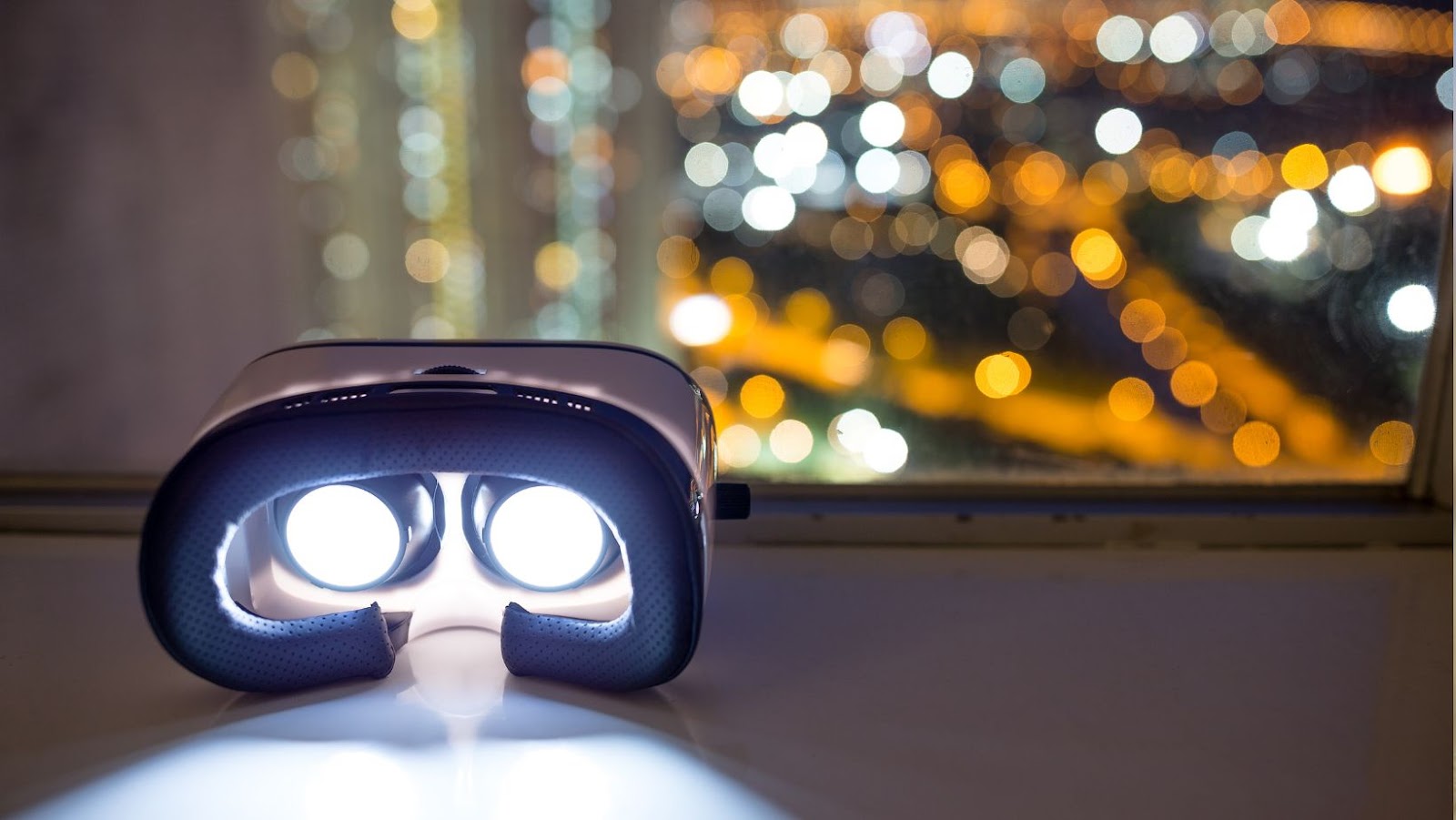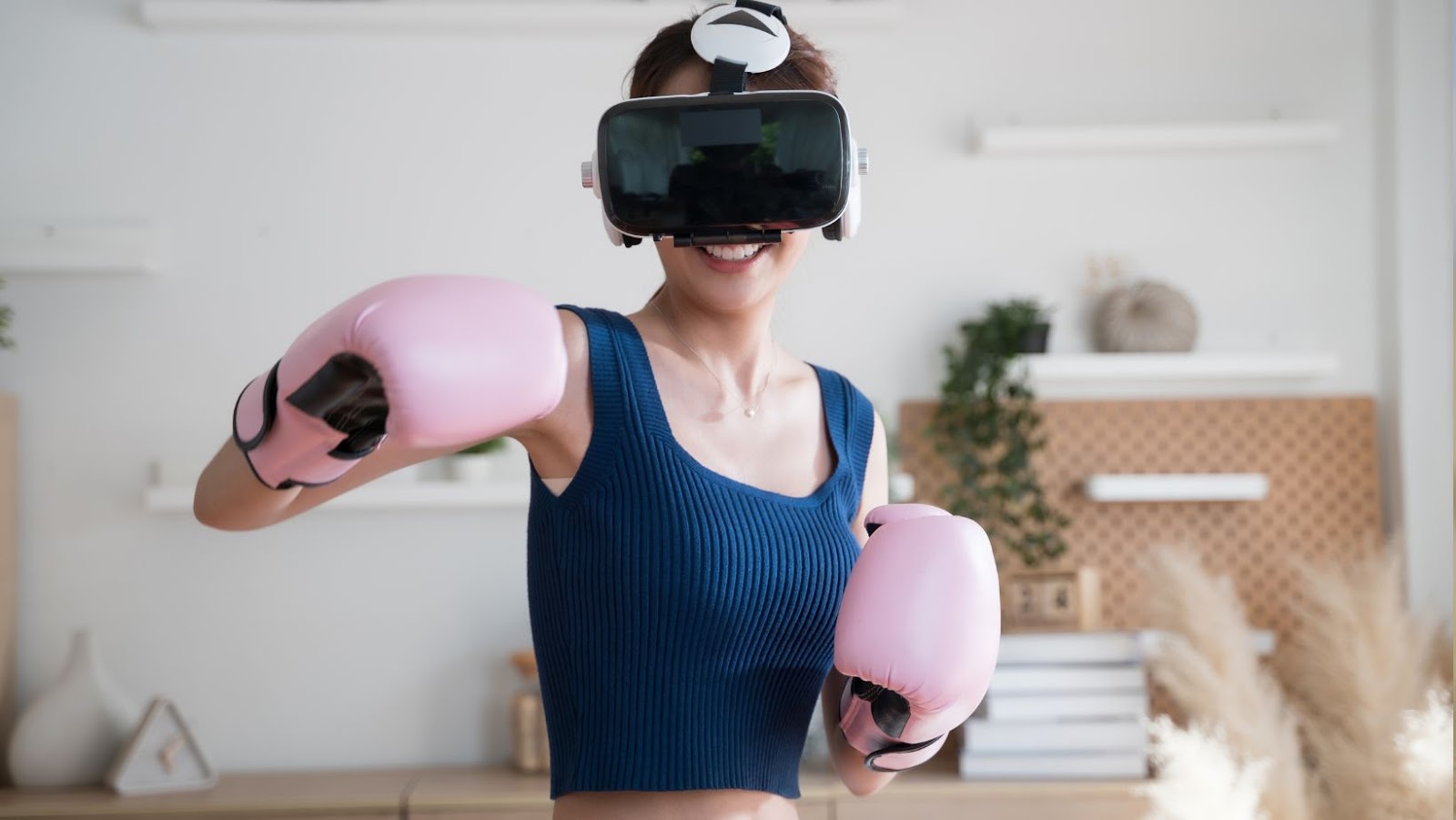 Latest VR Devices
Latest VR Devices
Virtual Reality (VR) Technology anchors a pivotal spot in today’s digital sphere. Its significance hinges on the immersing experience it provides, catapulting users into alternate realities. Be it gaming, professional training, or virtual tours, VR technology punctuates each occasion, enhancing engagement and amplifying interaction. For instance, flight simulators, a VR application, assist pilots in training without the risks of actual flying.
Amongst an array of VR devices, several unquestionably stand out. These devices, not only intrigue with their top-notch technical specs but also prove formidable in their immersive capabilities. These include, but aren’t limited to, the Oculus Quest 2, Sony PlayStation VR, and the HTC Vive Cosmos.
The Oculus Quest 2, with its wireless nature and high-resolution display, ensures an uncompromised VR experience. Sony PlayStation VR, boasting compatibility with PlayStation consoles and an expansive game library, holds a solid position in the gaming realm. The HTC Vive Cosmos, meanwhile, impresses with its premium resolution and flip-up design, permitting users to return to reality in seconds.
In innovating VR device terrain, specific features stand out in the latest models. Wireless functionality affords users with unrestricted movement, while high-resolution displays translate to detailed and lifelike imagery. Increased field of view (FOV), for example, in HP Reverb G2, provides a panoramic visual experience. Inside-Out tracking, as seen in Oculus Quest 2, eliminates the need for external sensors, thus, simplifying setup and operations. The rotating head strap in Oculus Rift S offers comfort during prolonged use.
The latest VR devices have provoked transformative impacts across various sectors. In sectors like real-estate, potential homeowners engage in virtual house tours, fostering informed purchasing decisions. Healthcare uses VR simulations to aid experienced surgeons and train aspiring ones.
 Examining the Current VR Market
Examining the Current VR Market
It’s time to analyze the current virtual reality (VR) landscape, focusing on key players and their offerings. Further, we’ll discuss the varied price ranges of these devices and their affordability.
In the world of VR, a few companies stand ahead, leading the way in VR innovation. Oculus, Sony, and HTC have become renowned names in the industry.
- Oculus, acquired by Facebook, has widened its VR portfolio with devices like the Oculus Quest 2. Known for its wireless capability, high-resolution display, and competitive pricing, it offers a premium VR experience.
- Sony, through its PlayStation VR, has tapped into the gaming industry, presenting gamers with immersive gameplay experiences. Outstanding graphics, integration with PlayStation consoles, and an expansive game library are some of its highlights.
- Lastly, HTC’s Vive Cosmos caters to both gamers and professionals with its highly interactive VR environment. With six tracking cameras, flip-up design, and sharp visuals, it redefines immersive VR experiences.
In essence, these manufacturers, through various offerings, cater to diverse segments ranging from gaming to professional applications, substantially driving the VR industry.
VR devices, depending on their features and specifications, vary in price. It’s notable that a VR set does not come cheap, but there’s quite a range available to customers.
- Oculus Quest 2 is the most affordable amongst these three, ranging somewhere between $299 – $399. Its pricing model, combined with its advanced features, provides value-for-money for VR enthusiasts.
- Sony PlayStation VR, primarily marketed alongside PlayStation consoles, comes in at around $349-$449. It’s priced at a moderate range, appealing to avid gamers who already own a PlayStation console.
Thus, while prices may seem steep initially, the sheer technological marvel and immersive experience that these devices offer make them a worthy investment in the ever-evolving VR market.
 The Future of VR Technology
The Future of VR Technology
The growth trajectory of VR technology ushers in fascinating prospects. Experts hint at the emergence of lighter, wireless headsets that deliver seamless VR experiences. For instance, standalone devices like Oculus Quest 2 and HTC Vive Cosmos could be an indicator of this trend.
The intersection of AI and VR also appears promising. Integrating artificial intelligence into VR devices will likely enhance immersive experiences, enabling smart interactions and real-time customization.
Manufacturers also speculate advancements in haptic feedback technology. Soon, users could interact with digital objects, receiving physical sensations like texture and weight, pushing the frontier of virtual immersion.
Moreover, innovations in eye-tracking technology hold the potential to elevate user experiences. The ability for the device to analyze gaze direction not only optimizes visual quality but also promotes intuitive interface interactions.
Lastly, the possibility of integrating olfactory features, enabling the transmission of smells during a VR experience, has already captured product developers’ attention. Closing the sensory gap could make virtual experiences indistinguishable from the real world.